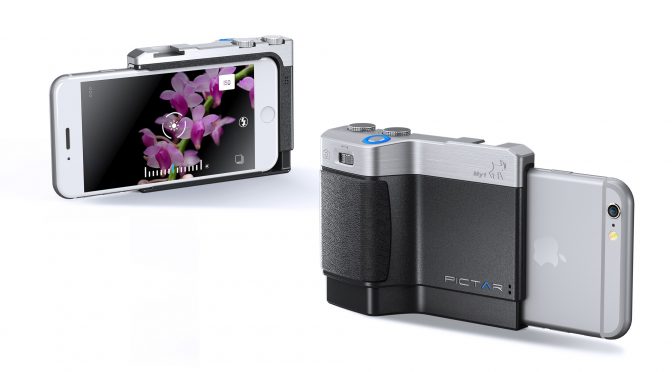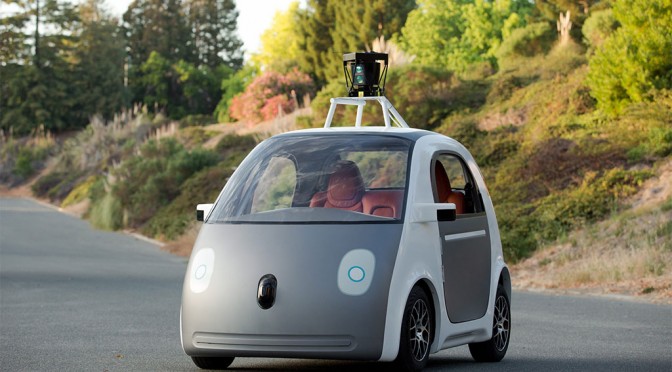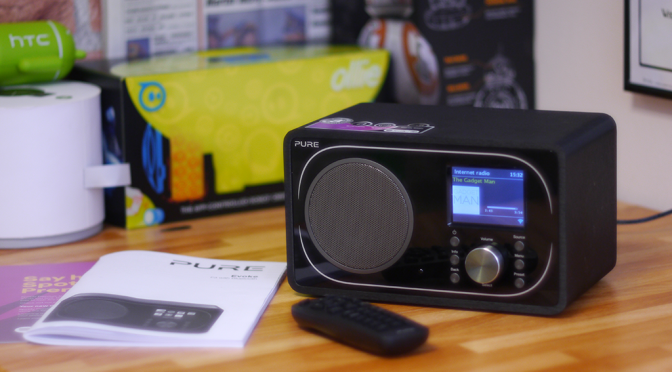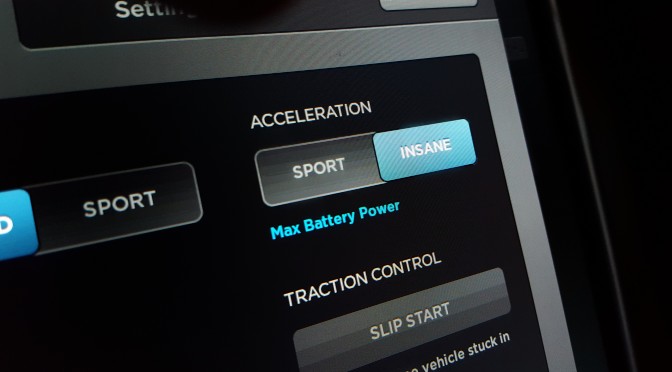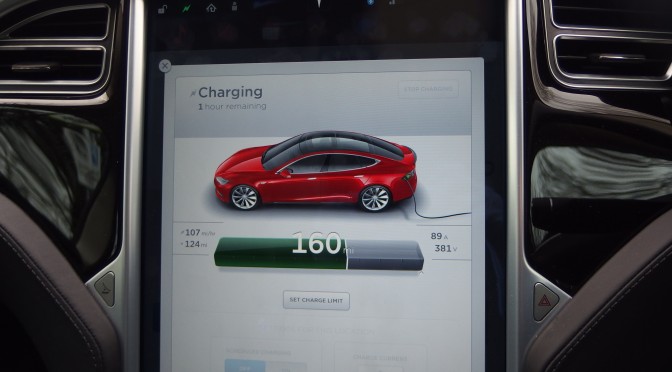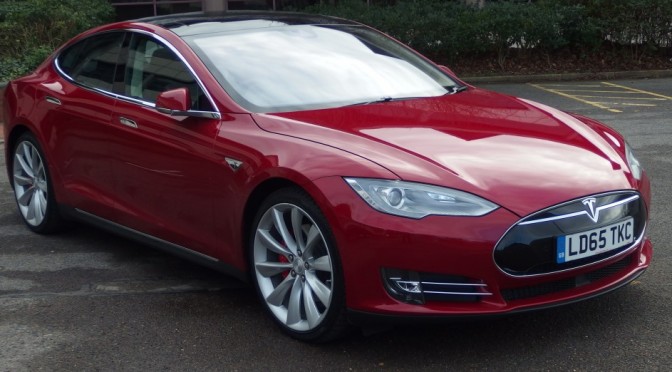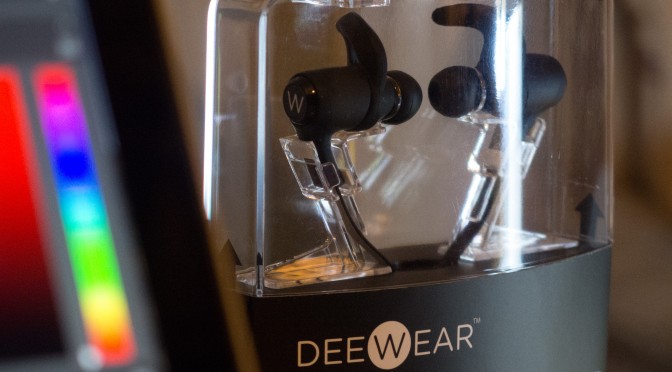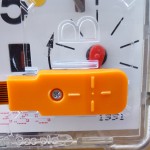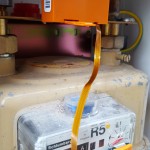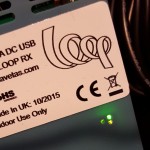I’ve finished testing the Parrot Bebop 2 camera drone. A fully review is coming up shortly. In the meantime here is a selection of footage I have taken over the last couple of weeks.
Category Archives: Technology
DSLR Your iPhone with Pictar
 Most of us use our smartphones to take pictures instead of carrying around a camera. Miggo have spent over a year researching and developing Pictar – an iPhone grip enclosure that brings the control of a DSLR right to your fingertips. With features that marry a traditional DSLR with your iPhone, Pictar gives you the ability to take your iPhone photography to the next level.
Most of us use our smartphones to take pictures instead of carrying around a camera. Miggo have spent over a year researching and developing Pictar – an iPhone grip enclosure that brings the control of a DSLR right to your fingertips. With features that marry a traditional DSLR with your iPhone, Pictar gives you the ability to take your iPhone photography to the next level.
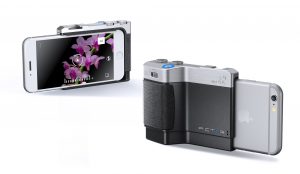 Designed to replicate the familiar feeling of holding a camera, you can comfortably use Pictar to take photos with one hand without worrying about dropping your phone whilst taking a photo. It is coated with anti-slip material, and can be connected to either a wrist strap or neck strap. The Pictar has been designed to fit most existing models of the iPhone, and the expanding design means it should fit future models too.
Designed to replicate the familiar feeling of holding a camera, you can comfortably use Pictar to take photos with one hand without worrying about dropping your phone whilst taking a photo. It is coated with anti-slip material, and can be connected to either a wrist strap or neck strap. The Pictar has been designed to fit most existing models of the iPhone, and the expanding design means it should fit future models too.
https://www.kickstarter.com/projects/mymiggo/pictar-probably-the-best-iphone-camera-grip-ever-b
Features include:
· Zoom ring – no longer do you need to pinch the screen to zoom in and out. Use the rotating zoom ring to zoom in and out with just one hand.
· Selfie button – switch between front and back camera
· Multi state shutter release – half press to lock focus and exposure, or full press for immediate shutter release
· Exposure Compensation Wheel – quickly and easily control the brightness level before taking a picture
· ‘Smart’ wheel – in default mode this control 7 preset modes to let users easily adjust the iPhone to any situation while focusing on taking the shot. Preset modes are auto, portrait mode, landscape mode, sport mode, snow mode, selfie mode and video mode. For the more advanced photographer you can choose between 3 advanced modes – shutter priority, ISO priority and manual.
· Virtual wheel – control different modes such as flash mode, shutter speed and more.
· Cold shoe mount to attach LED lights
Tripod attachment
The Gadget Man Episode 87 – Self Driving Cars / Driverless Cars / Autonomous Vehicles
Podcast: Play in new window | Download
Subscribe: Apple Podcasts | Email | TuneIn | RSS | More
Self Driving Cars are never far from the news, and last week whilst taking a few days away in sunny West Sussex, I spoke to Mark about what the future holds for Self Driving Cars and Truck Platooning.
Tune in to the audio stream to find out what we had to say on the matter, and whether I think you would will have ‘had it’ if a fuse blows in your autonomous vehicle.
Below is a also a video where Google talk about their dreams of driverless cars and truck platooning technology.
https://www.youtube.com/watch?v=RjRaVExmwVk
Pure Evoke F3 with Bluetooth, 25,000 radio stations at your fingertips!
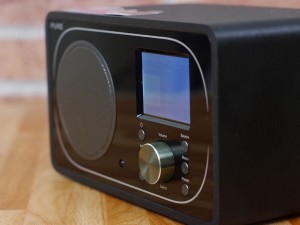 Digital Radio is now firmly established in our lives with more and more stations switching to DAB and the hardware finding itself in our homes and more importantly in our vehicles, the choice of stations is now bigger than it’s ever been. The move to DAB has been much slower than the recent transition to Digital TV and the consequent switch off of analogue services, mainly due to the availability, simplicity of installation and pricing of Digital TV boxes, something that is not quite so practical with radio.
Digital Radio is now firmly established in our lives with more and more stations switching to DAB and the hardware finding itself in our homes and more importantly in our vehicles, the choice of stations is now bigger than it’s ever been. The move to DAB has been much slower than the recent transition to Digital TV and the consequent switch off of analogue services, mainly due to the availability, simplicity of installation and pricing of Digital TV boxes, something that is not quite so practical with radio.
To help with this transition in our homes, Pure have been working hard to squeeze multiple technologies into their already well known range of DAB radios. I’ve been testing the Pure Evoke F3 with Bluetooth for the last month and really like the additions.
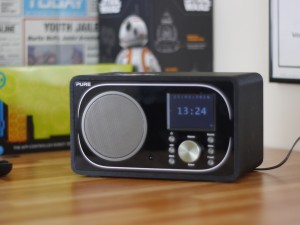
Out of the box, the Evoke F3 looks very much a traditional modern DAB digital radio, it’s a good size and weight, but it’s so much more than just a DAB radio, Pure have included traditional FM, Bluetooth connectivity, Internet Radio and Podcasts, Spotify Premium streaming, Aux in, Line out and network browsing of your locally stored music.
This is possible by adding WiFi connectivity to allow you to browse in excess of 25,000 radio stations across the world and more than 100,000 podcasts including BBC listen again content and Spotify Premium. It should be noted that if you want to make use of the Spotify function, you will need to subscribe to their £9.99 per month service.
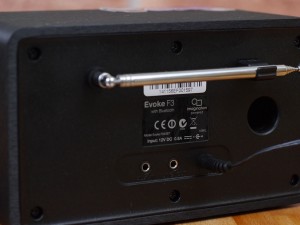
You can stream your own music from your mobile phone using Bluetooth or via line in. If you want to get an even meatier sound from the device, it can be plugged into an amp via the 3.5mm line out socket.
Setting up the radio was really straightforward and connecting to a WiFi network is really straightforward, the radio is controlled from the front panel buttons or a separate remote control. You can also link the radio to Pure’s ‘Connect’ web service which makes organising playlists and stations much easier. The sound quality is very good for the price and the smart design means that it will sit happily in a kitchen, office or bedroom without standing out too much.
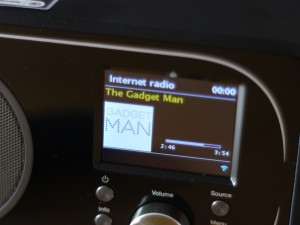
The radio has alarm and sleep functions built, so you can wake up to the wonders of your favourite Balearic Dance station or simply an alarm tone if you prefer. The colour display is not mobile phone quality as it was a little washed out, but nothing that ruins the experience and is perfectly adequate for day to day use.
The Pure Evoke F3 is good value at about £129, which is pretty competitive especially given the enormous amount of functionality included, I thought it was a great piece of kit.
Thanks to Nick at BT Shop for providing the radio for review
Grumpy Old Gits – 12 February 2016
Podcast: Play in new window | Download
Subscribe: Apple Podcasts | Email | TuneIn | RSS | More

This week Matt was a G.O.G. (Grumpy Old Git) on Mark Murphy’s Morning Show on BBC Radio Suffolk.
The subject matter still had technology subject matter as well as poor sound quality on broadcast TV, the perils of being computer savvy, the date of Easter, do children still go out to play and does riding an electric bike count as exercise?
Featuring Matt Porter, Mark Murphy, Rev. Andrew Dotchin and Neil Bowles.
You can listen to the stream, by clicking the play button above.
The Gadget Man – Episode 86 – Tesla Model S P85D – Auto Pilot
Podcast: Play in new window | Download
Subscribe: Apple Podcasts | Email | TuneIn | RSS | More
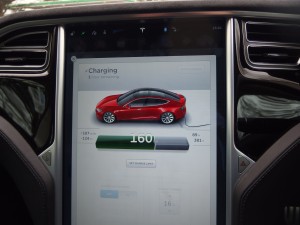
I have been driving the latest Tesla Model S P85D over the past few days, specifically to experience software update 7.1 and the improvements to Autopilot functionality.
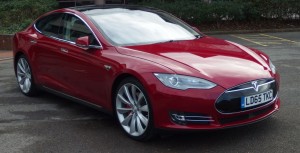
We discussed the technology behind Tesla Autopilot and also the future of autonomous and driverless cars.
You can listen to a recording of the stream and find out what we thought.
The Gadget Man – Tesla Model S P85D – Part 2 – Centre Console
Following on from the Tesla Model S P85D Auto Park manoeuvre from Yesterday, I was as a rapid charger today and took the opportunity to make a short video explaining the functions of the centre console. Enjoy…
The Gadget Man – Tesla Model S P85D – Autopilot – Part 1 – Auto Park
I thought I would post a short video showing the Tesla Model S P85D performing an Auto Park manoeuvre. This will hopefully form a series of posts and videos detailing the new updates to the car which include ‘Autopilot’ which is basically an advanced cruise control system. In the meantime, enjoy…
The Gadget Man – Episode 85 – FlyONE Dark bluetooth headphones from DEEWEAR
Podcast: Play in new window | Download
Subscribe: Apple Podcasts | Email | TuneIn | RSS | More
Podcast (podcast2): Play in new window | Download
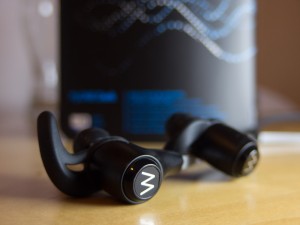 This week I have been testing a set of FlyONE Dark bluetooth headphones from DEEWEAR.
This week I have been testing a set of FlyONE Dark bluetooth headphones from DEEWEAR.
The headphones have an real ergonomic design coupled with extremely high audio quality, they are designed in such as way as you stay fixed in your ear by using built in flaps which fit into your ear and remain there even during exercise. Deewear employed Luigi Lorenzi, Parkourer with Team Jestion to test and develop the headphones to ensure they stay in place even during somersaults!
 The earphones are contained in a display case charged ready to go, just couple them to your bluetooth device and you are ready to go, the box also contains a USB charger cable , buds and flaps.
The earphones are contained in a display case charged ready to go, just couple them to your bluetooth device and you are ready to go, the box also contains a USB charger cable , buds and flaps.
The earphones utilise Bluetooth 4.1 and 6th generation CVC noise reduction which means that constant usage stretches to 5 hours music or talk time (using the integrated microphone) or 180 hours standby time.
The earphones are connected together with a flat cable which is reflective on one side which can be seen when headlights shine on it, a usual safety measure if you are exercising in the dark.
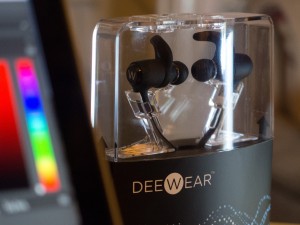
When you switch on the ear phones a voice is heard saying ‘Power On’ and ‘Connection Successful’, holding the centre power button will switch off the earphones again with a voice telling you ‘Power Off’.
The three button control allows you to adjust the volume up and down and pause music, you can skip backwards and forwards between tracks by holding the volume up and down for 2 seconds.
When you are ready to charge the earphones, you remove the cap on the back of the right earphone and plug in the micro USB cable. Charging doesn’t take too long, however you can only check the battery level by pairing with an Apple device, be that iPhone, iPad or iMac.
The sound quality of FlyONE Dark is supreme, although you need to ensure they are fitted correctly before using them to experience the excellent bass reproduction. While I was testing them, I viewed a film trailer on my phone, I found myself rewinding the trailer to experience the cinematic bass, it really was very good indeed.

If you are looking for a set of Bluetooth earphones, FlyONE Dark comes highly recommended.
To listen to the Mark and I chatting about the FlyONE Dark, click on the link at the top of the page or click below
A massive thank you to DEEWEAR for providing the earphones for test and review.
The Gadget Man – Episode 84 – Loop – Real-time energy monitoring for your home
Podcast: Play in new window | Download
Subscribe: Apple Podcasts | Email | TuneIn | RSS | More
The price of oil is never far from the news these days, especially as it has a direct effect on the price of petrol, diesel and domestic fuel.
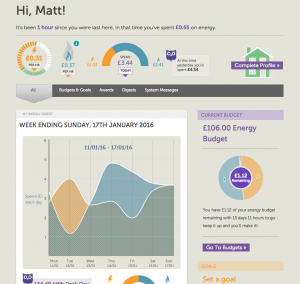
There has always been a direct correlation between the price of oil and electric and gas bills and the feeling that we as consumers are somehow trapped with a provider because it seems so difficult to move to an alternative.
Well, it looks like Loop have the answer to this problem by supplying a very nifty bit of that monitors your gas and electric usage and after a period of monitoring will be able to find a cheaper provider based on your usage.
It’s very simple to set up and I will cover all of this further in a full review soon. In the meantime, listen in to the stream to find out more about Loop.


